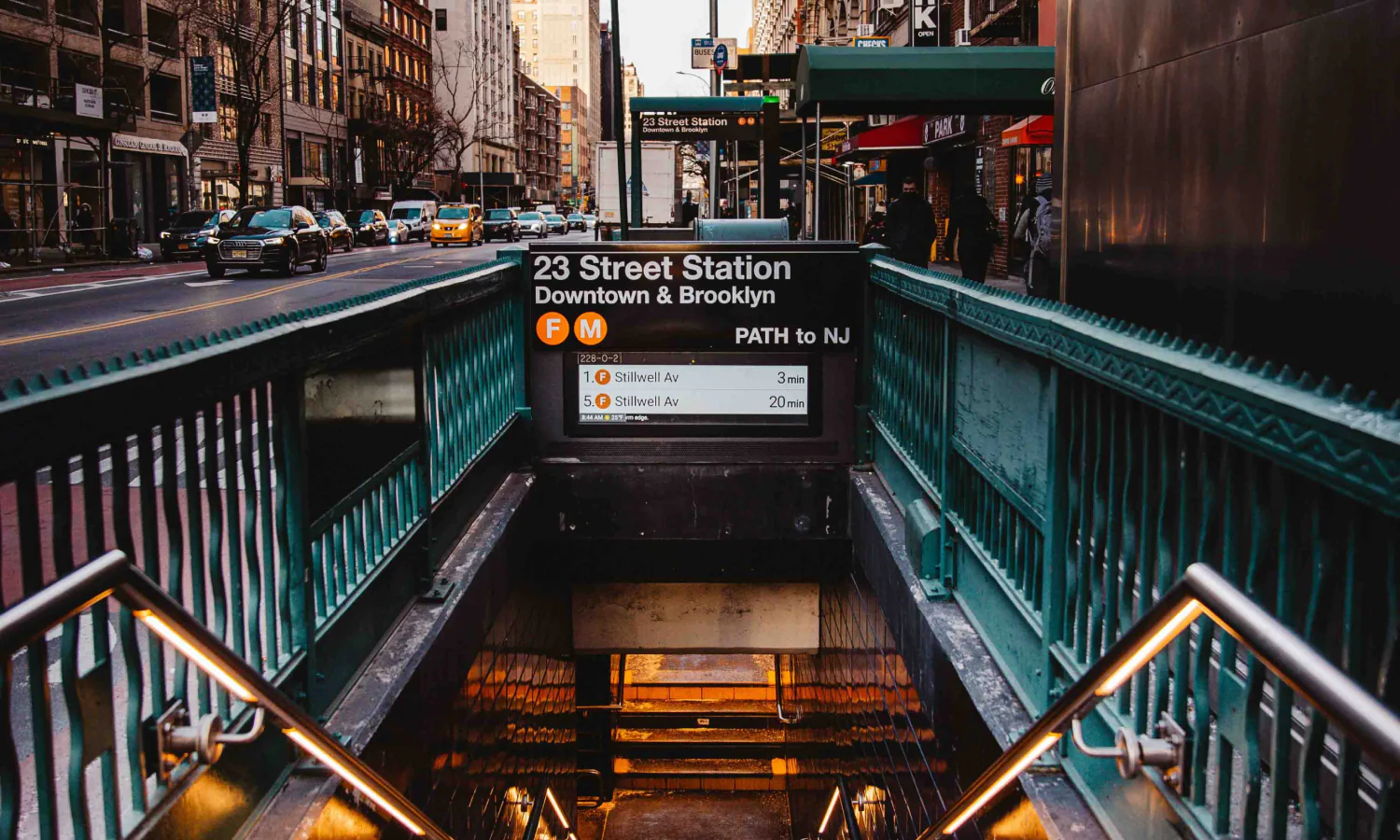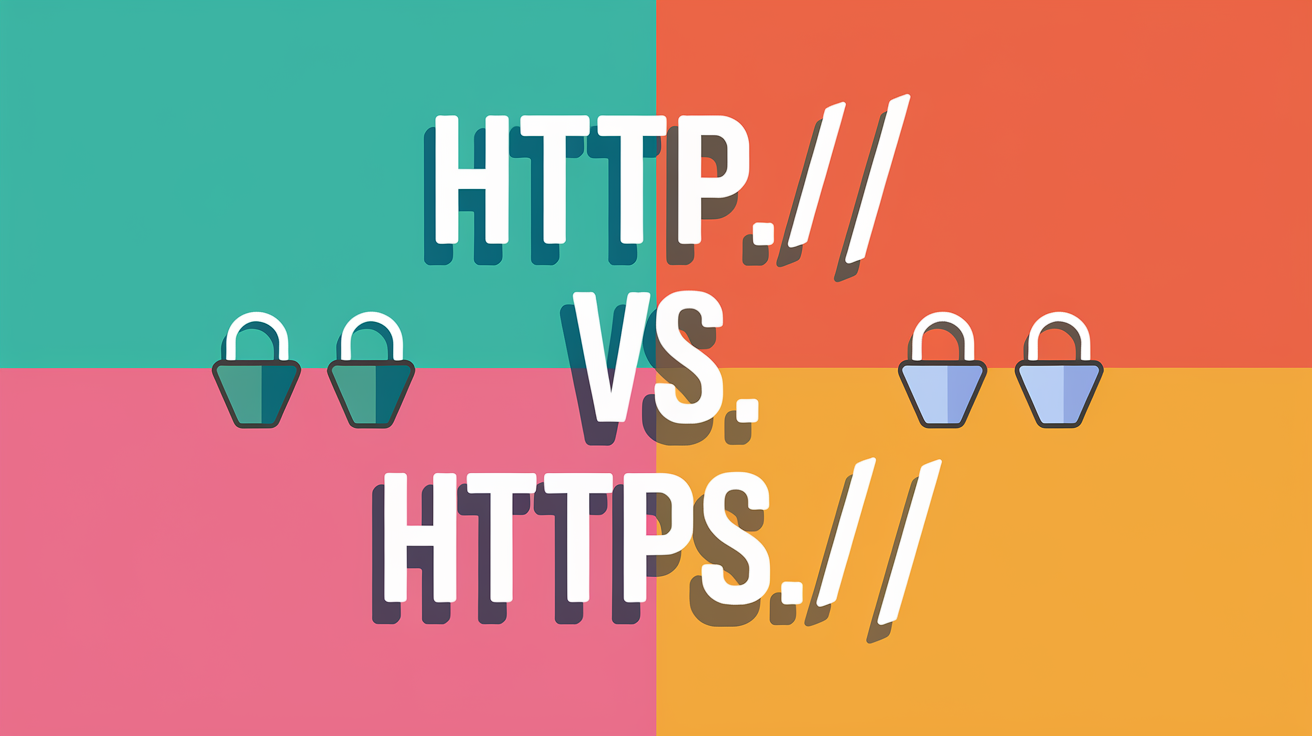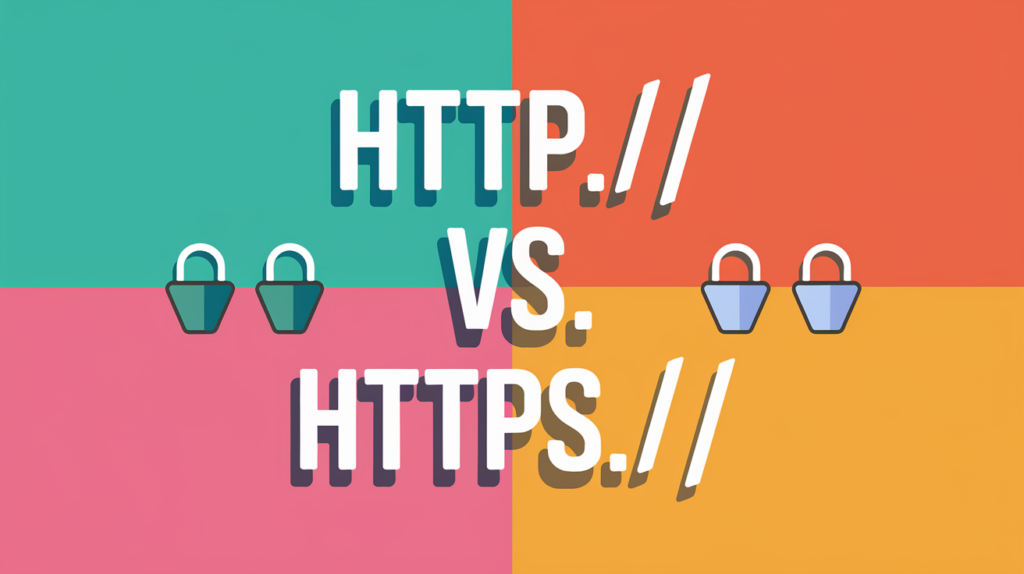
Newsletter Subscribe
Enter your email address below and subscribe to our newsletter

Remember when we used to leave our doors unlockedUnlocked means that restrictions have been removed from a device, app, or digital content, so you ca... More at night because “everybody knew everybody” in the neighborhood?

Well, the internetThe Internet is a vast network of computers and other electronic devices connected globally, allowin... More is like one giant neighborhood these days—except we definitely don’t know everybody! That’s why we need to keep our “digital doors” locked when we’re browsing online.
One of the easiest ways to do this is by turning on something called “HTTPS-Only Mode” in your web browser.
Let’s break down these alphabet soup terms into something that actually makes sense!
HTTPHTTP, short for Hypertext Transfer Protocol, is the standard protocol used for communication on the ... More and HTTPS are like different types of delivery services for getting information back and forth between your computer and the websites you visit. (And you thought they were just random letters someone’s cat typed while walking across a keyboard!)
HTTP (Hypertext Transfer Protocol)
HTTPS (Hypertext Transfer Protocol Secure)
Think of it this way: If you were telling someone your Social Security number, would you: A) Shout it across a crowded restaurant (HTTP) B) Whisper it directly to them in a private room (HTTPS)
Option B is clearly safer, right? That’s exactly why HTTPS is so important!
Now that you know what these terms mean, let’s learn how to spot which one you’re using. It’s actually pretty easy—easier than finding your car keys sometimes!
Look at the top of your browser where you see the website address (we tech folks call this the “address bar”). You’re looking for two things:
Here’s a fun tip: Most browsersBrowsers are software applications that provide a way to access and navigate the internet. They work... More these days try to make it super obvious. They might show:
Just remember: Padlock good, no padlock not so good! It’s like choosing between a steel door and a beaded curtain for your front entrance.
Think of regular HTTP websites as sending a postcard through the mail—anyone who handles it can read what’s written on it. HTTPS, on the other hand, is like sending your message in a sealed, tamper-proof envelope. Nobody between you and your destination can peek at what’s inside!
This matters because when you’re checking your email, shopping online, or even just browsing recipe websites, you don’t want nosy people (or worse, scammers) snooping on what you’re doing. It’s like having a conversation in your living room versus shouting across the street—some things are better kept private!
HTTPS-Only Mode is like having a smart doorman for your internet browsing. When you try to visit a website, this feature checks if there’s a secure version available (HTTPS) and automatically takes you there instead of the less secure version (HTTP). It’s like having someone who always makes sure you’re going through the front door of a well-lit building instead of a dark alley!
Here’s something that’ll make you smile: A few years ago, we had to install special add-ons to get this kind of protection. Now, most modern browsers have this feature built right in! It’s like how cars used to require you to install seat belts as an extra, but now they come standard. Progress is wonderful, isn’t it?
(Note: Tech companies love rearranging things. If the instructions below aren’t exact, the tech fairies have probably moved things around. Try searching for the setting on your device. If that doesn’t work, ask a trusted friend or family member for help, or do a quick web search for instructions using your device model and software version.)
Don’t worry—this is easier than programming your DVR! Let’s walk through how to do it in each major browser:
That’s it! Wasn’t that easier than setting up your new coffee maker?
Good news! If you’re using a newer version of SafariSafari is a web browser developed by Apple Inc. and is the default browser on Apple devices, includi... More, it already tries to use HTTPS whenever possible. It’s like having a butler who automatically locks your doors—you don’t have to think about it!
Once you’ve enabled HTTPS-Only Mode, you might occasionally see a warning message when visiting a website that doesn’t support HTTPS. It’s like your browser saying, “Hey, this site isn’t as secure as we’d like. Are you sure you want to go in?”
If you get this warning, think of it like finding out a store doesn’t have proper locks on its doors. Unless you absolutely trust the site (like your local library’s old website), it’s better to find a more secure alternative.
While we’re on the subject of staying safe online, here are a few more tips that are easier than remembering where you put your reading glasses:
Turning on HTTPS-Only Mode is one of the simplest ways to stay safer online. It’s like locking your door at night—a basic precaution that helps you sleep better. And unlike learning to use your smartphone’s latest features, this is one tech change that’s actually simple to make!
Remember: The internet can be a wonderful place to connect with family, shop, and learn new things. But just like you wouldn’t leave your front door wide open, it’s worth taking this small step to protect yourself online. Now go forth and browse safely—your grandkids will be impressed with your tech savvy!